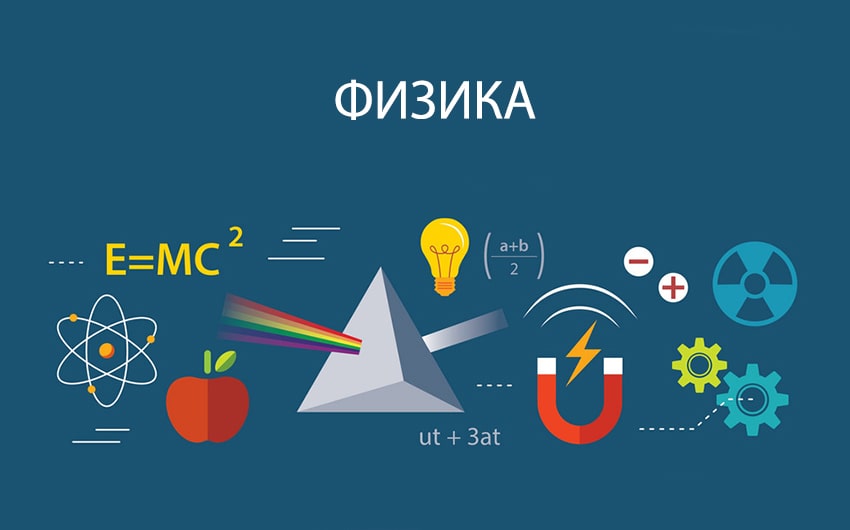DOOM's Enduring Legacy: Inspiration For A New Generation Of Developers

Table of Contents
The year is 1993. A groundbreaking game explodes onto the scene, forever altering the landscape of interactive entertainment. This wasn't just another shooter; it was DOOM, a title whose revolutionary design and technological prowess cemented DOOM's enduring legacy in the annals of gaming history. Its groundbreaking graphics, visceral combat, and innovative level design set a new standard, influencing countless developers and shaping the first-person shooter (FPS) genre as we know it today. This article explores how DOOM's enduring legacy continues to inspire modern game developers across various aspects of game development.
Revolutionary Game Design Principles:
Fast-Paced Action and Combat:
DOOM didn't just introduce fast-paced combat; it perfected it. The original game's frenetic action, coupled with satisfying weapon sounds and impactful enemy encounters, established a template that countless FPS games continue to emulate. The emphasis on constant movement, strategic weapon switching, and visceral, over-the-top violence created an unparalleled sense of adrenaline-fueled gameplay. This influence is readily apparent in modern titles.
- DOOM Eternal: Directly inherits and refines DOOM's combat mechanics, adding features like Glory Kills and a robust upgrade system.
- Dusk: A modern retro-FPS that faithfully recreates the feel and intensity of the original DOOM's combat, emphasizing speed, precision, and brutal efficiency.
- Ultrakill: A stylish, fast-paced FPS heavily inspired by DOOM's movement and combat, focusing on stylish executions and aggressive play.
The impact of DOOM's combat design extends beyond simple imitation; it redefined what was possible in terms of player agency and the feeling of power within a virtual world. The satisfying feedback of each shot, the impactful sound design, and the strategic element of managing resources all contribute to the enduring appeal of DOOM's combat.
Level Design and Exploration:
DOOM's levels were more than just arenas for combat; they were meticulously crafted environments ripe for exploration. The non-linear level design, featuring hidden areas, secret pathways, and cleverly placed keycards that unlocked new sections, encouraged players to thoroughly investigate their surroundings. This emphasis on exploration laid the groundwork for the Metroidvania genre, where exploration and discovery are central gameplay elements.
- Keycards in DOOM acted as a simple, yet effective, mechanic for controlling player progression and rewarding thorough exploration.
- Hidden areas often contained valuable resources or weapons, adding an extra layer of challenge and reward for players who took the time to search.
- Environmental storytelling, subtly conveyed through level design and item placement, enriched the player's experience and allowed for a deeper understanding of the game's lore.
This approach to level design, focusing on both challenge and reward through exploration, remains a core principle in many modern games.
Sound Design and Atmospheric Immersion:
DOOM's iconic soundtrack and sound effects are as memorable as its gameplay. The heavy metal soundtrack, coupled with the terrifying sounds of demons and the satisfying chunk of the shotgun blast, contributed significantly to the game's atmosphere of dread and impending doom. This powerful combination of audio elements is a masterclass in creating a truly immersive and terrifying experience.
- The use of industrial and heavy metal music perfectly complemented the game's violent and hellish setting.
- Sound effects were meticulously designed to be both impactful and unsettling, enhancing the feeling of being trapped in a hostile environment.
- Environmental audio cues, such as distant demonic growls or the sounds of machinery, added layers of immersion and suspense.
Modern games often utilize similar techniques to heighten immersion and emotional impact, showcasing the lasting influence of DOOM’s pioneering sound design.
Technological Innovation and Engine Development:
The ID Tech Engine and its Legacy:
The ID Tech engine, initially developed for DOOM, was a revolutionary piece of technology. Its innovations in 3D rendering, level design tools, and overall game architecture laid the foundation for many future game engines. Moreover, its relative openness encouraged experimentation and modification, fostering a vibrant modding community that contributed significantly to the game's longevity.
- The engine's innovative use of ray casting and later, polygon-based rendering, pushed the boundaries of what was possible on the hardware of the time.
- The level editor, included with the game, empowered players to create and share their own levels, significantly extending the game's lifespan and influence.
- The engine's open nature encouraged experimentation and the development of modding tools, laying the groundwork for many future game development communities.
The ID Tech engine’s impact can be seen across generations of games, shaping modern game engine architecture and development techniques.
Pushing Technological Boundaries:
Each iteration of DOOM pushed the technological envelope further. From the groundbreaking 3D graphics of the original to the advanced rendering and physics of DOOM Eternal, the series has consistently showcased cutting-edge technology. This commitment to innovation continues to inspire developers to strive for better graphics, smoother gameplay, and more immersive experiences.
- DOOM (1993) revolutionized 3D graphics for its time, setting a new standard for FPS games.
- DOOM II introduced enhanced graphics, new enemies, and improved gameplay mechanics.
- DOOM 3 utilized advanced 3D rendering techniques, creating a darker, more atmospheric experience.
- DOOM (2016) and DOOM Eternal showcased impressive visual fidelity and smooth performance, demonstrating continuous advancement in game engine technology.
Cultural Impact and Community Influence:
The Rise of the First-Person Shooter Genre:
DOOM didn't just create a game; it established a genre. Its fast-paced action, immersive environments, and compelling gameplay cemented the first-person shooter's place in the gaming world. Its influence is undeniably felt in practically every FPS game released since.
- DOOM's success paved the way for countless other FPS titles, shaping the genre's core elements and design conventions.
- The game's influential level design continues to inspire the way levels are structured and designed in modern games.
- Its impactful combat system remains a template for the design of fast-paced and visceral combat in many modern games.
The game's massive impact helped to define the FPS genre and set it on a path to become one of the most popular and influential genres in gaming history.
Enduring Popularity and Modern Remakes/Sequels:
DOOM's enduring popularity is a testament to its timeless design. The recent releases of DOOM (2016) and DOOM Eternal demonstrate the franchise's continued relevance and appeal. These remakes and sequels not only updated the visuals and mechanics but also honored the core principles that made the original game so successful. The passionate fanbase played a crucial role in shaping these modern iterations, demonstrating the enduring power of the community.
- The success of the 2016 DOOM reboot and DOOM Eternal shows the continued relevance and appeal of the franchise.
- The active modding community continues to create new content and experiences for the game, ensuring its longevity.
- The game's enduring popularity has led to numerous spin-offs, merchandise, and other media adaptations, showcasing its long-lasting cultural impact.
Conclusion:
DOOM's enduring legacy is undeniable. From its revolutionary game design principles to its groundbreaking technological innovations and its profound cultural impact, the game has left an indelible mark on the world of gaming. Its fast-paced combat, innovative level design, and immersive sound design continue to influence modern developers. The ID Tech engine's legacy is also significant, shaping the development of 3D game engines and inspiring countless innovations. By understanding DOOM’s enduring legacy, we gain insight into the evolution of the FPS genre and the power of innovative game design. Explore the DOOM franchise, delve into the history of the ID Tech engine, or experience the thrill of the latest DOOM games—and understand the power of DOOM's enduring legacy and its impact on the future of game development.

Featured Posts
-
 Efl Highlights Weekly Round Up Of Goals Saves And Key Plays
May 13, 2025
Efl Highlights Weekly Round Up Of Goals Saves And Key Plays
May 13, 2025 -
 Morgan Wallens Abrupt Snl Exit Just Ready To Go Home
May 13, 2025
Morgan Wallens Abrupt Snl Exit Just Ready To Go Home
May 13, 2025 -
 Kak Novye Standarty Po Fizike I Khimii Povliyayut Na Detskie Sady
May 13, 2025
Kak Novye Standarty Po Fizike I Khimii Povliyayut Na Detskie Sady
May 13, 2025 -
 The Ultimate Nba Draft Lottery Winners Quiz Since 2000
May 13, 2025
The Ultimate Nba Draft Lottery Winners Quiz Since 2000
May 13, 2025 -
 Myanmar Prioritas Penindakan Tegas Judi Online Dan Penipuan Telekomunikasi
May 13, 2025
Myanmar Prioritas Penindakan Tegas Judi Online Dan Penipuan Telekomunikasi
May 13, 2025
